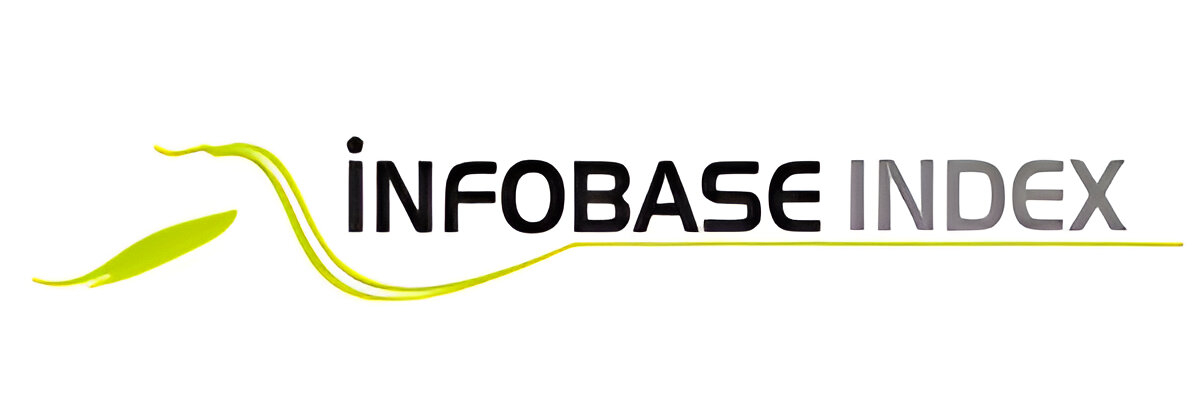DRIVER DROWSINESS DETECTION
Keywords:
Driver drowsiness, eye detection, yawn detection, blink pattern, fatigueAbstract
There is a significant rise in the frequency of car accidents caused by driver fatigue. If you have
previous experience driving, it is likely that you have experienced drowsiness while operating the vehicle at
some time. Although it may be uncomfortable to acknowledge, this issue is of utmost importance and has
significant ramifications that must be addressed. What is most alarming is that sleepy driving encompasses more
than just dozing off behind the wheel. Drowsy driving refers to a momentary lapse in awareness when the
motorist fails to fully focus on the road. The current need is an automatic non-contact device capable of
promptly detecting driver fatigue. The focus of our study is to outline a methodology that utilizes machine
learning to identify tiredness. The process of face identification is used to precisely identify the specific areas of
the driver's eyes, which serve as the reference points for eye tracking in following frames. Ultimately, the
captured pictures of the monitored eye are used for the purpose of detecting sleepiness, which then triggers the
production of warning sirens. This suggested methodology consists of three distinct stages: facial detection, eye
detection, and sleepiness detection. Therefore, we present a system that aims to identify, monitor, and analyze
the driver's facial features and eye movements in order to quantify PERCLOS, a well-established indicator of
tiredness linked to gradual eye closure.











